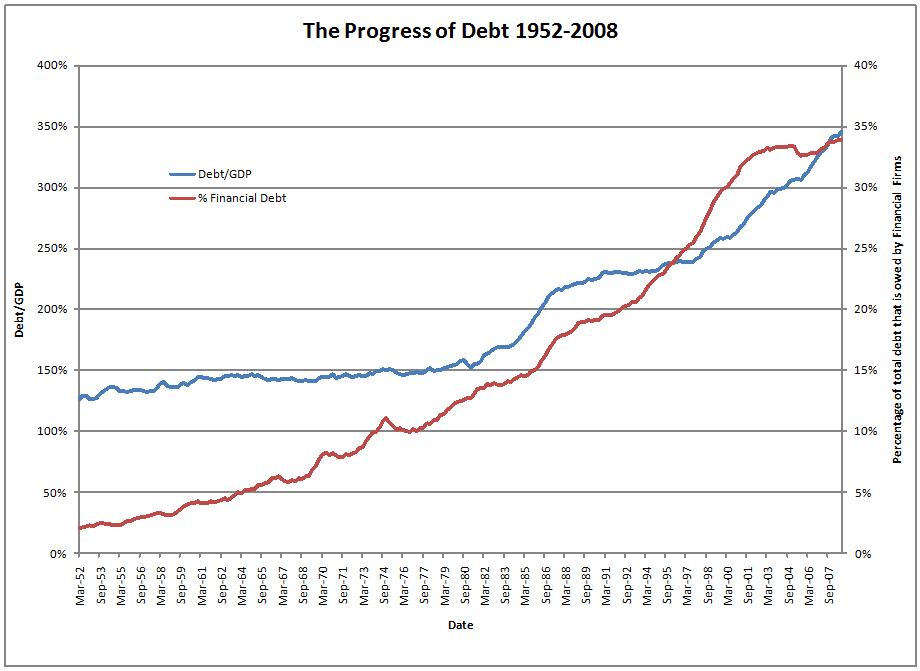What Do You Have To Hide? (II)
Ding!? Round one ends in the legal fight between Bloomberg, LP, and The Federal Reserve.? The Columbia Journalism Review provides a summary, as does Bloomberg itself.
Some preliminaries:
- Here’s the original complaint.
- Here’s the amended and expanded complaint.
- Here’s a redacted version, showing the changes.? (Please note I scanned two bitmap documents, and did OCR on them, and ran a document compare — there may be some errors here, but I did the best that I could.)? The main expansion of the complaint is the inclusion of a request for documents related to the Bear Stearns rescue.? It also clarifies that it is looking for loan records.
- Here’s the the Fed’s answer to the amended and expanded complaint.
The Fed’s basic response is that no documents exist for some of the requests, that it has turned over some documents, but is holding onto pages of 231 documents for which they claim to have an exemption under FOIA.? They claim exemptions 4 and 5, which are (from Wikipedia):
- 4) trade secrets and commercial or financial information obtained from a person and privileged or confidential;
- 5) inter-agency or intra-agency memoranda or letters which would not be available by law to a party other than an agency in litigation with the agency;
This is just my take, and I could be wrong, but it seems to me that the Fed refuses to disclose on the grounds that the documents are sensitive since they contain confidential financial information, or, they involve inter- or intra-agency communication, such as with the Treasury, or inside the Fed itself.? Point 5 seems to be a pretty broad exemption, but it remains to be proven whether the information is of such a nature that only an inter-agency suit could force divulging the data.
I repeat my five points from my last piece on why they might want to hide the information:
- The Fed is breaking its own rules, and lending on collateral that it publicly said that it wouldn?t lend against.
- They are playing favorites with institutions, and don?t want that to be revealed.
- The assets in question are technically in compliance with the rules of the Fed, but are worth far less than the amount loaned against them.
- Certain banks would be embarrassed by revealing what they own.
- It?s just a power game, and the Fed thinks it is above the law, particularly during a crisis (that it helped to cause).
As pointed out in the Bloomberg article above, there is a good possibility that they are trying to hide the amount that they have lost already.? Also, as I have pointed out in my last piece on this topic, the insurance industry discloses everything with their assets, and it does not harm them.? It would not hurt banks to do the same, and certainly if it is a matter of this one limited disclosure, the confidentiality of the banks would probably not be materially harmed.
So, Federal Reserve, what do you have to hide?



